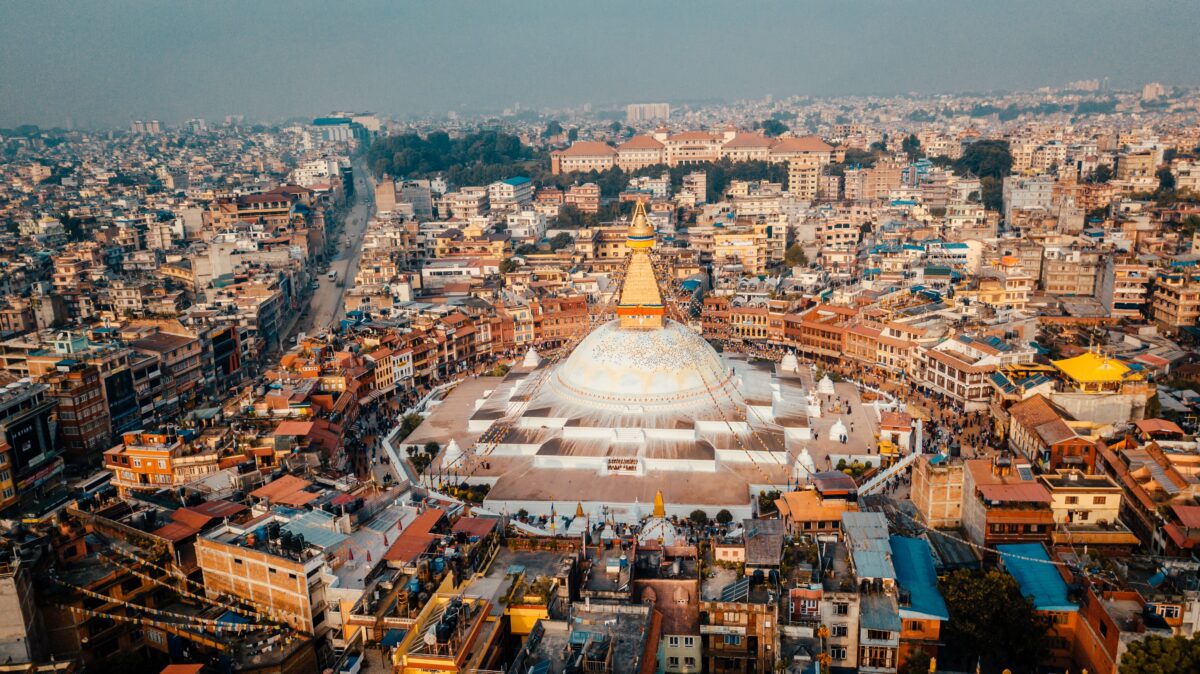Nepal has a wealth of cultural treasures, the most important of which, the Kathmandu Valley and Lumbini, are UNESCO world heritage sites.
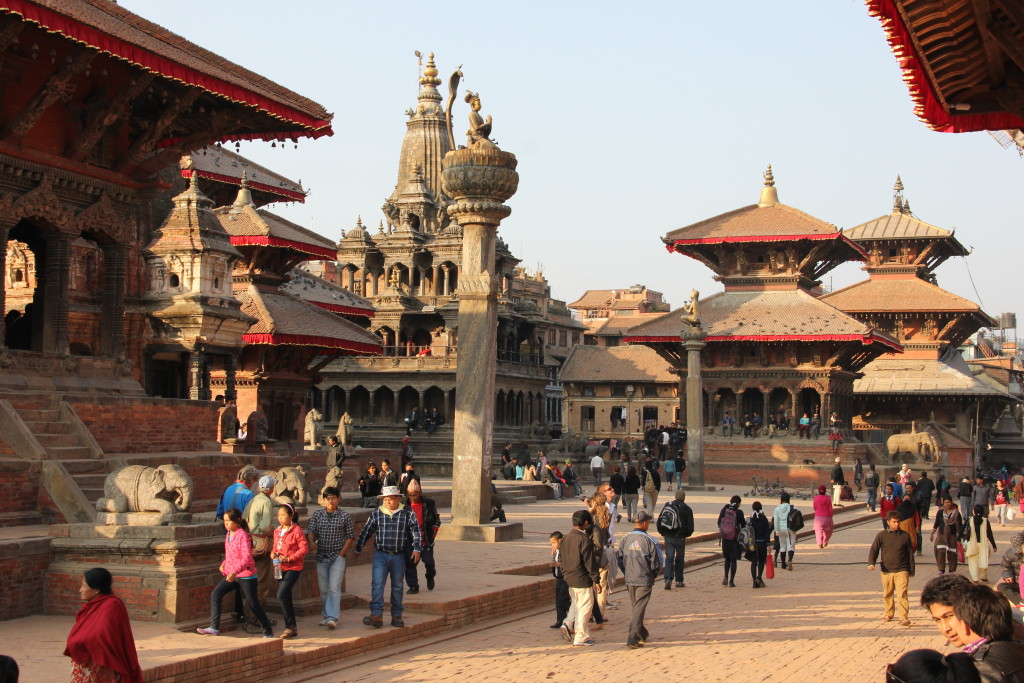
The list of protected areas is divided into two categories, cultural and natural, with a separate mention for properties submitted on the Tentative List for future acceptance.The Great Earthquake of April 25, 2015 destroyed many of these unique sites to piles of rubble; they are currently being studied for possible reconstruction or repair.
Cultural
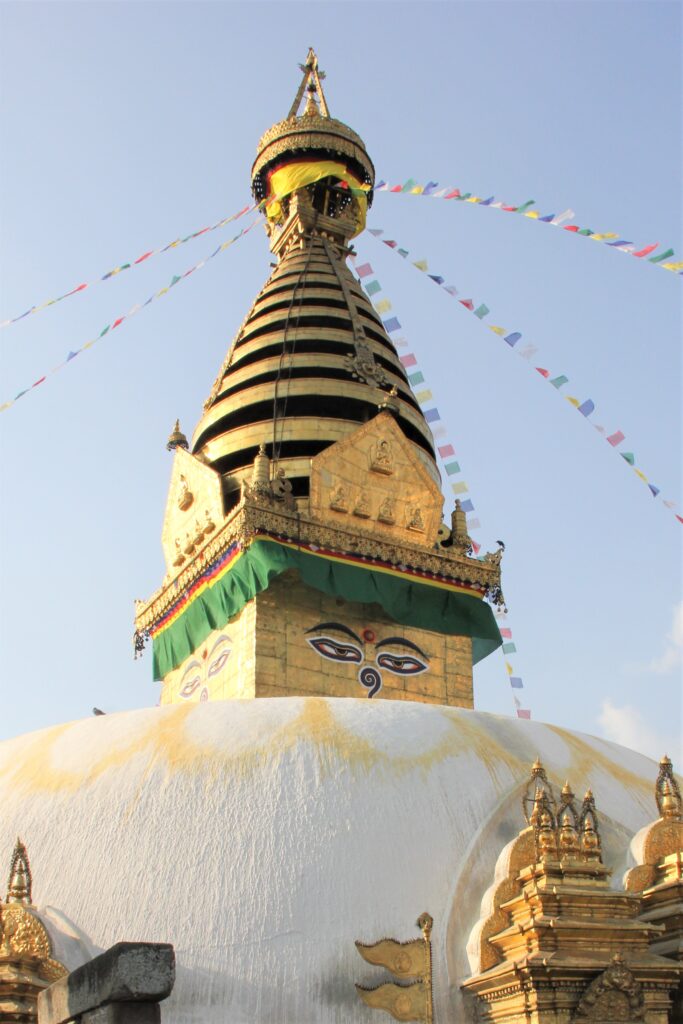
- Kathmandu Valley
- Durbar Squares of Hanuman Dhoka (Kathmandu)
- Patan
- Bhaktapur
- Buddhist stupas of Swayambhu and Boudhanath
- Hindu temples of Pashupati and Changu Narayan
- Lumbini, the Birthplace of the Lord Buddha
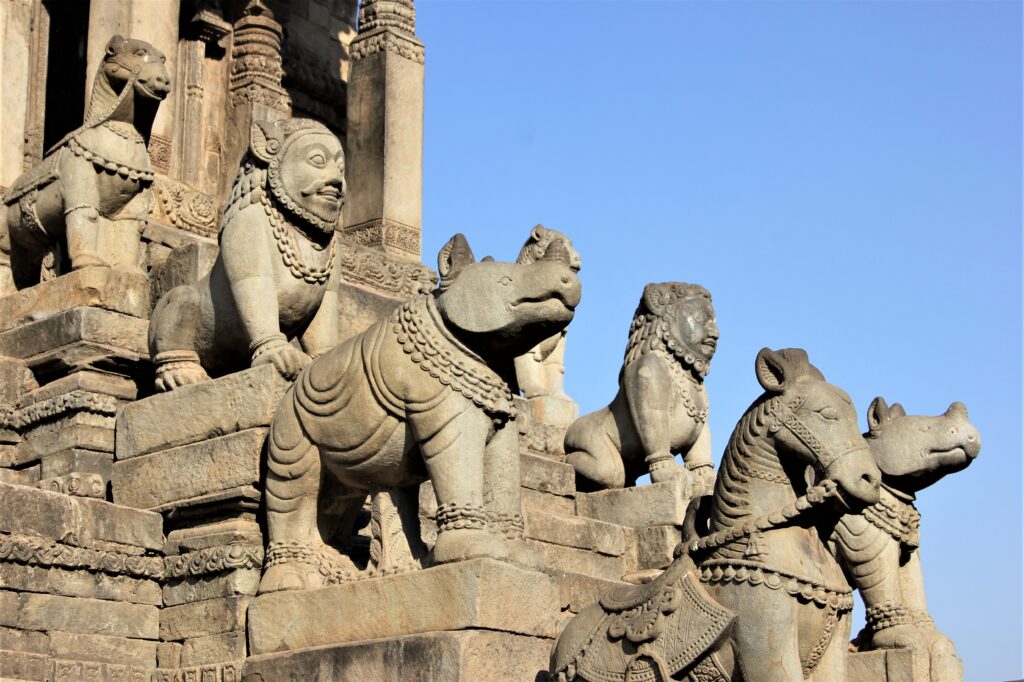
Natural
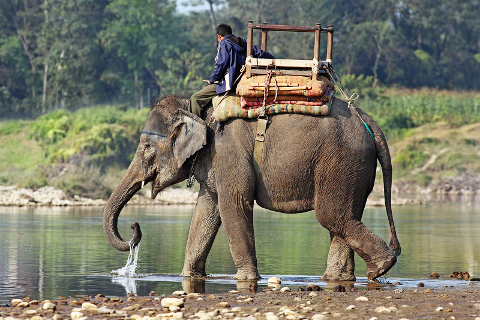
- Chitwan National Park
- Sagarmatha National Park
Properties Submitted on the Tentative List
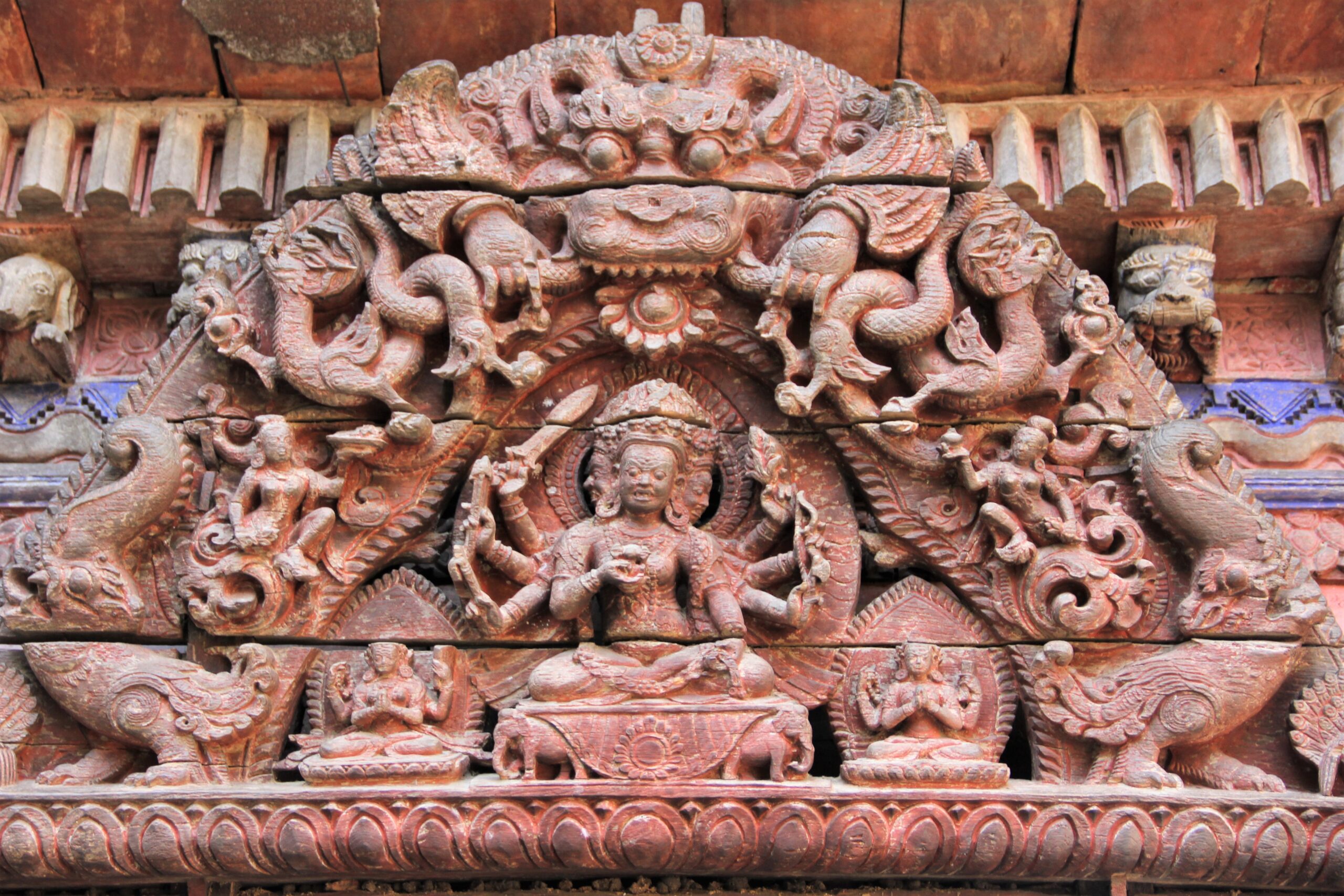
- Early medieval architectural complex of Panauti (1996)
- Tilaurakot, the archaeological remains of ancient Shakya Kingdom (1996)
- Cave architecture of Muktinath Valley of Mustang (1996)
- The medieval palace complex of Gorkha (1996)
- Ramagrama, the relic stupa of Lord Buddha (1996)
- Khokana, the vernacular village and its mustard-oil seed industrial heritage (1996)
- Medieval Earthen Walled City of Lo Manthang (2008)
- Vajrayogini and early settlement of Sankhu (2008)
- Medieval Settlement of Kirtipur (2008)
- Rishikesh Complex of Ruru Kshetra (2008)
- Nuwakot Palace Complex (2008)
- Ram Janaki Temple (2008)
- The Medieval Town of Tansen (2008)
- Sinja Valley (2008)
- Bharti Temple Complex of Dailekh (2008)

